Journey to the ancient land of the Khmer Empire and explore Cambodia’s most famous attraction tourist draw – the temple ruins of Angkor – and then enjoy the myriad delights of Siem Reap, one of ASEAN’s most enjoyable cities for tourists.
As we were being driven from the Siem Reap airport to our hotel, looking around, it was hard to believe we were right in the middle of what was once Southeast Asia’s most powerful empire. At the zenith of an age that predated the Industrial Revolution by over 600 years, the Khmer rulers were embarking on a spree of temple construction that remains unrivalled in human history. Indeed, during the height of Khmer power, the vast capital city of Angkor was the largest pre-industrial urban centre in the world.
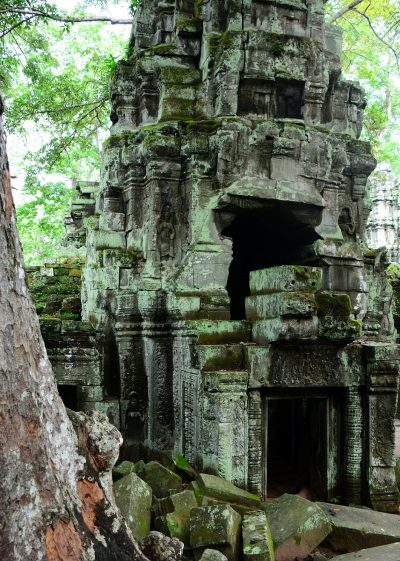
The greatest draw for Siem Reap is of course Angkor Archaeological Park and its crown jewel of Angkor Wat – though other temples held greater interest for me, personally. The history of these ancient structures is fairly well-established, and though the largest and most magnificent temples of Angkor had been known to the local Khmer and a handful of European visitors over the centuries following their construction, many of the lesser temples were eventually cloaked beneath dense jungle until being ‘discovered’ late in the 19th century.
For much of the 20th century, French archaeologists undertook a laborious restoration process, clearing the forest growth from the temple ruins, repairing and stabilising foundations, and creating drainage paths to protect the temples from further water damage and erosion. This all came to a rather unceremonious end in 1970 with the Cambodian Civil War having paved the way for the rise of the Khmer Rouge regime. Angkor’s restoration work resumed in 1993 after the fall of the regime and subsequent cessation of combat in the period of intermittent civil war that followed.
In the time since, the efforts of the French have been joined by a truly international consortium of historians, ethnologists, archaeologists, and others, including notable contributions from Japan, India, Germany, the United States, and more, along with UNESCO and other domestic and international organisations. What’s also happened during that time is an explosion of tourism in and around the temples.
A Swell of Tourism
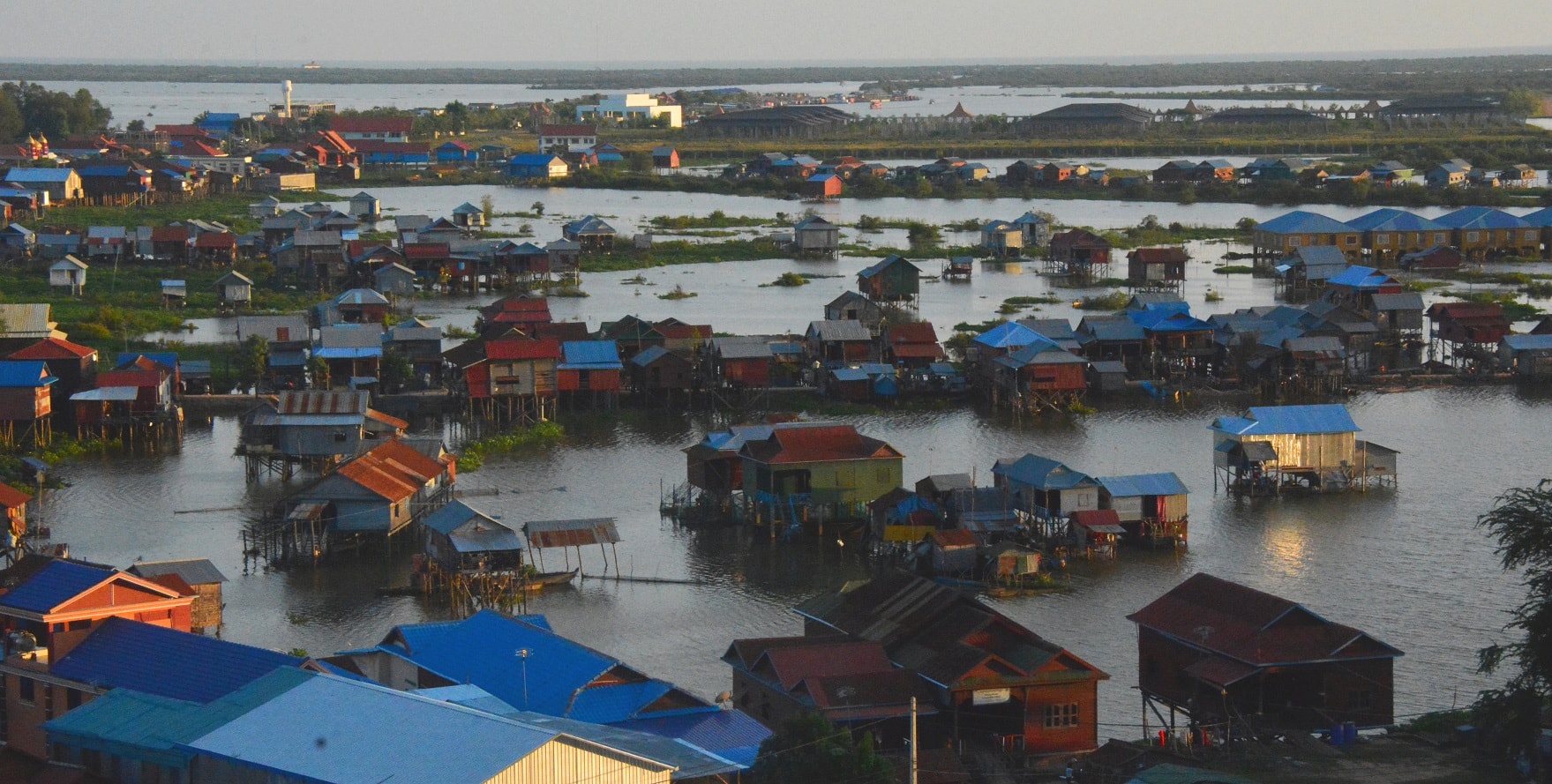
Today, the town of Siem Reap serves as the gateway to the former land of the Khmer Empire. Over the last couple of decades, the town of roughly 200,000 has flourished in lockstep with the growing popularity of Angkor Archaeological Park, the sprawling home to myriad temples and ruins, picturesque moats, and subtropical broadleaf forests. The growth of tourism here has been at once a boon to the local economy and a threat to the continued protection and preservation of the very temples which draw the masses.
Less than 8,000 tourists visited Angkor in 1993; today, the annual numbers easily exceed two million. Local authorities have sought to avoid large-scale commercial and mass-market tourism, and have so emphasised “the importance of providing high-quality accommodations and services in order for the Cambodian government to benefit economically, while also incorporating the richness of Cambodian culture.” Scrolling online through the vast number of hotels, resorts, and other accommodations, opinions are likely split on how much success they’re having delivering on this manifesto.
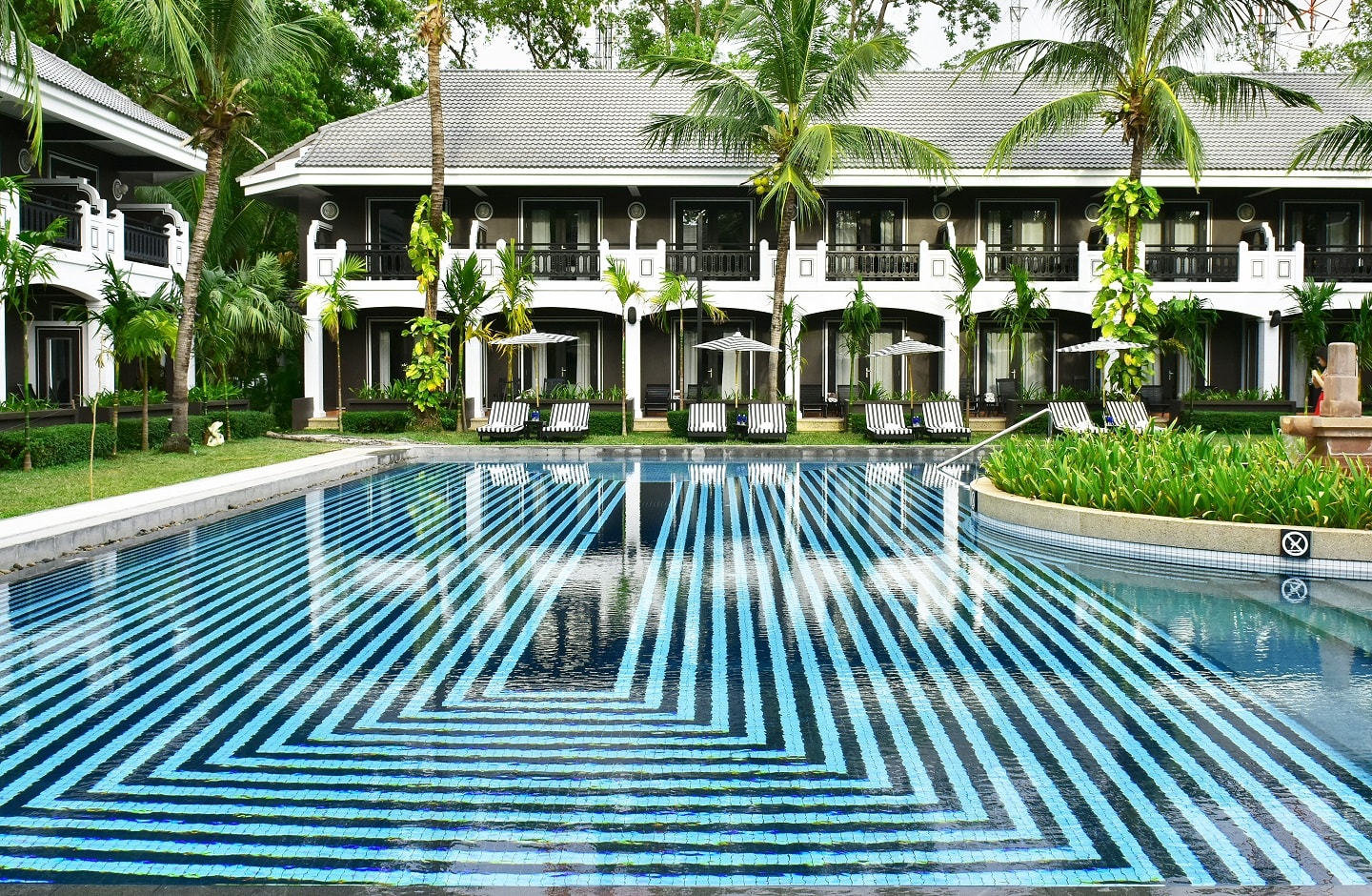
This time, we stayed with Shinta Mani, which operates a pair of distinct hotels – Shinta Mani Shack and Shinta Mani Angkor – just adjacent to one another, located ideally in the middle of town. Siem Reap is a charming town in which to stay, not least because of its relatively compact size, and Shinta Mani’s properties could not be any more perfectly located: close to the business district, close to the river, close to the temples, and close to the wildly popular Pub Street. The hotels, with décor by famed designer Bill Bensley, offer upscale comfort (and in the case of the Shack, a degree of chic funkiness, too) at a mid-market price point.
The Angkor Experience
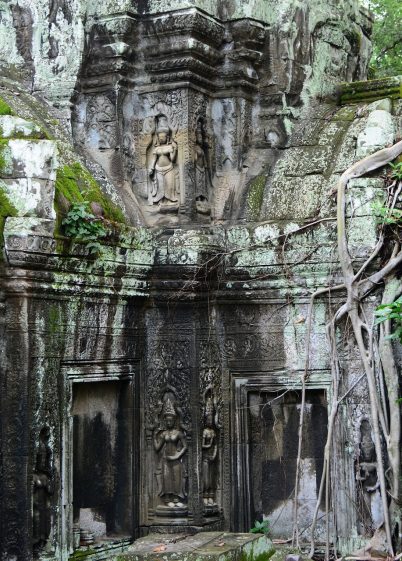
All visitors must buy a temple pass from the Angkor authorities and this has gotten frightfully more expensive than it was on the last visit, following a government takeover of the control of ticket sales from a private contractor in November 2016. Priced in US dollars, like everything in Siem Reap, a one-day pass is now $37 (up from $20), three days is $62 (up from $40), and seven days is $72 (up from $60). The new prices, which went into effect in February, were met with howls of protest from tour companies and travel experts. The single-day pass, which accounts for over 60% of all passes sold, nearly doubled in price.
As for the others, the admission structure remains the same: the three-day pass allows any three days in a week; the one-week pass, any seven days in a month. Each visitor will have a photo taken for the pass, which is printed on the spot and will be fastidiously checked and punched as necessary at any temples visited. We were very disappointed at the steep increase in prices, and echo the calls that many in Cambodia have made for greater transparency in how the funds are used, and note that such an increase may only serve to put the wonders of Angkor out of reach for more people.
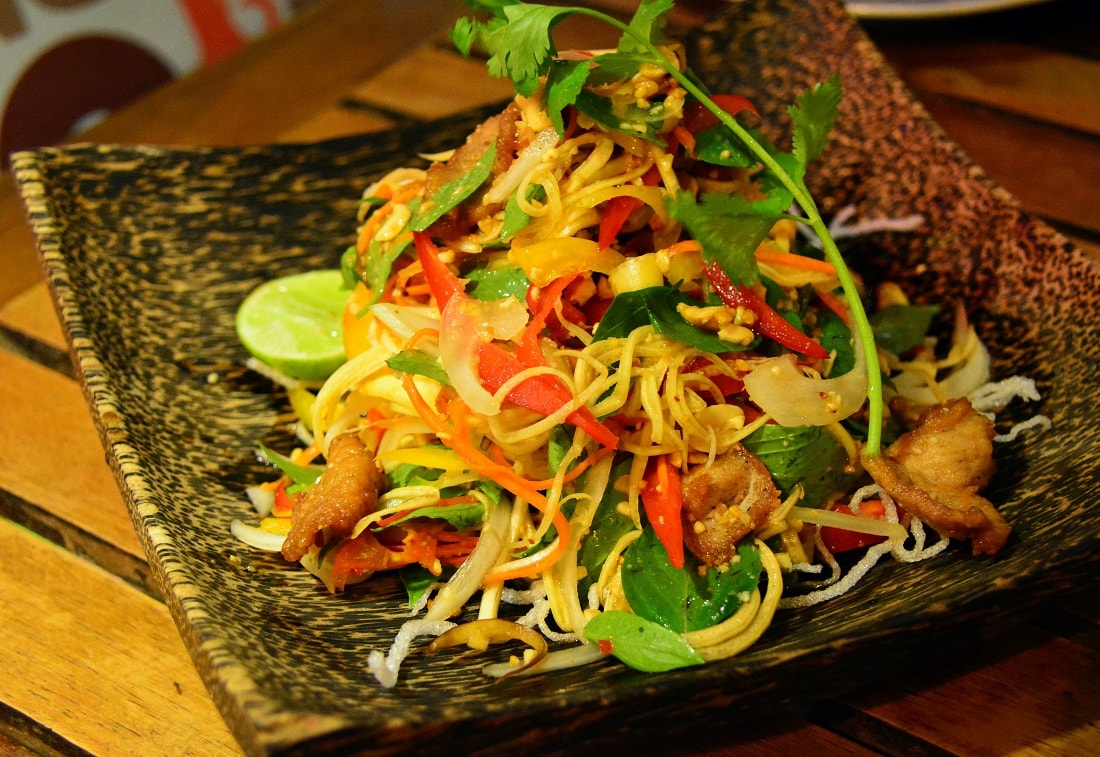
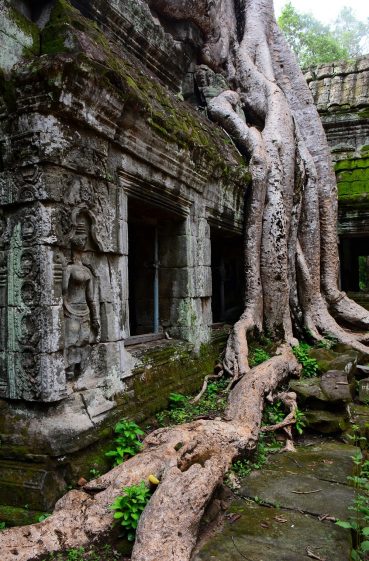
Part of the site’s appeal lies in its relationship with the land on which it sits. In centuries of disuse, Angkor’s temples were reclaimed by the jungle, with most becoming a jigsaw puzzle of stones, roots, and undergrowth. Though Angkor Wat dominates the common knowledge of the park, Ta Prohm has long been the photographer’s temple of choice – and certainly my favourite – because it was basically left in its natural state when the French became interested in restoring the site in the late 19th century. Trees and other vegetation intermix freely with temple structures both collapsed and intact, forming an evocative and eerily atmospheric jungle temple experience. If Angkor as a whole bears testimony to the genius and might of the Khmer Empire, Ta Prohm certainly reminds us of the awesome living power of the jungle.
Other outlying temples and sites can be visited, with the 10th-century rose-pink sandstone temple (others are constructed from yellow sandstone and laterite) of Banteay Srei being a perennial favourite of Angkor aficionados owing to its beautiful, elaborate carvings. This temple is about 32km from the main group of temples, so may not be realistic for some visitors. If pressed for time, the three temples that should sit firmly atop your list are Prasat Bayon (located in Angkor Thom) with its 216 Buddhist faces, the aforementioned Ta Prohm, and of course, Angkor Wat.
Beyond Angkor: Phare Cambodian Circus and Pub Street
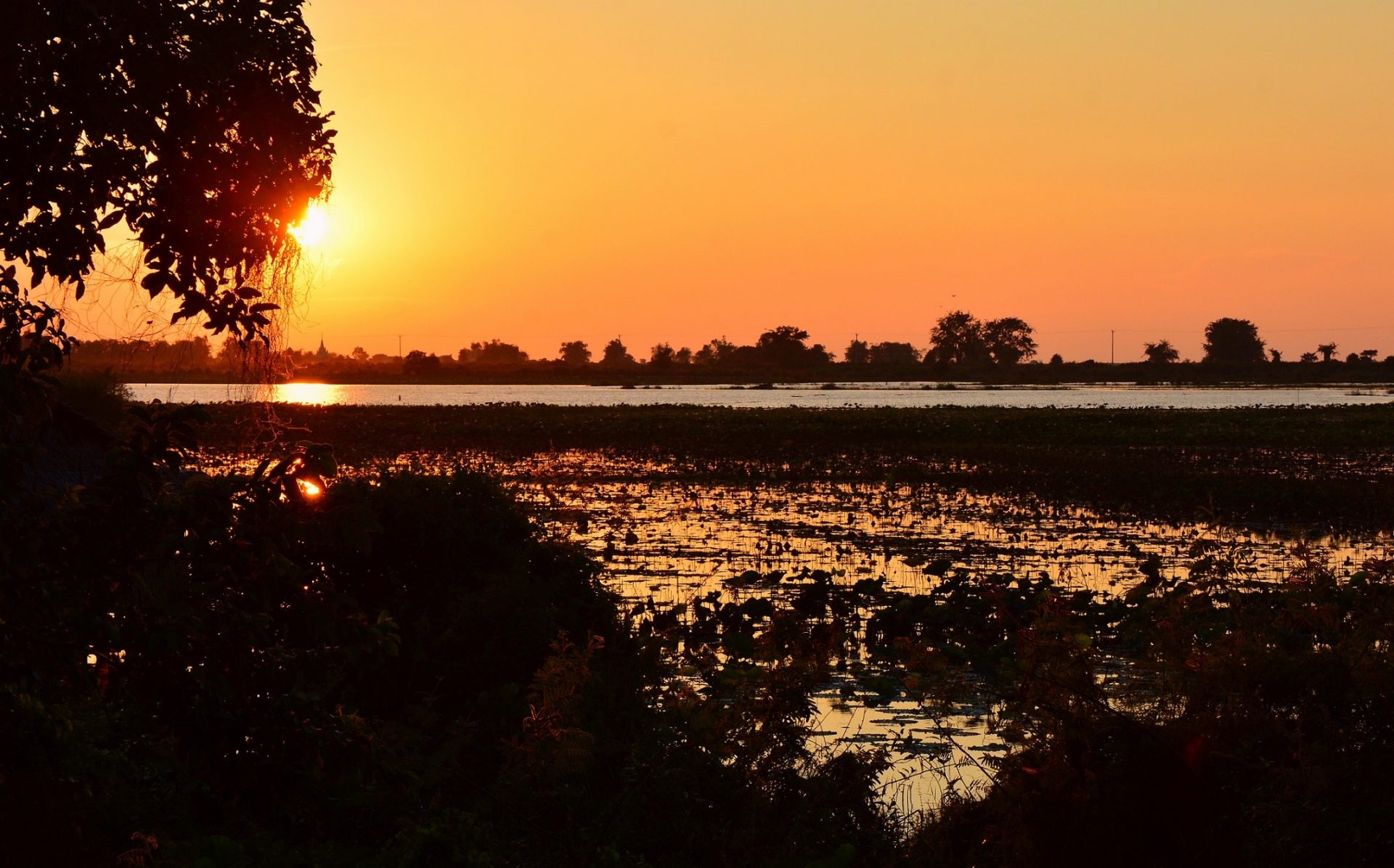
Bicycling in and around Siem Reap is incredibly easy and pleasurable. We found ourselves having several meals at the popular Pub Street district always enjoyed with several frosty cold beers – usually the similar-sounding Anchor and Angkor brands – for just 50¢ a glass. With mineral water costing literally three times as much, it almost goes without saying that all we drank when in Pub Street was draught beer, saving our water consumption for the hotel, where we were pleased to see Shinta Mani providing a number of eco-friendly filtered water dispensers throughout each property for guests to refill their bottles at, rather than stocking numerous plastic bottles in every room, every day.
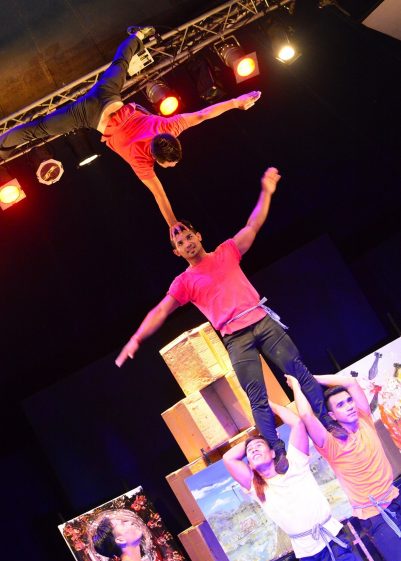
One attraction we were extremely keen to revisit was Phare: The Cambodian Circus. Serving up daily shows of fantastic artistry, athleticism, and storytelling, Phare could be called Cirque du Soleil in Cambodia, but it goes even beyond that. A quick browse on TripAdvisor now shows some 7,000 reviews with an average rating of five stars, telling you all you need to know about what a remarkable, astounding show this is.
In the show we saw this time, called Sokha, an enormously talented and spirited troupe of performers and artists, complemented by a pair musicians providing a live traditional soundtrack, transfixed and thrilled a sold-out crowd under the big top with feats of strength, acrobatics, and dramatic, emotional storytelling. Though the ticket prices, which range from $18 to $38, might be considered steep by some, there is no doubt this is a first-rate show that justifies its price, not least because purchasing that ticket doesn’t merely support a commercial endeavour.
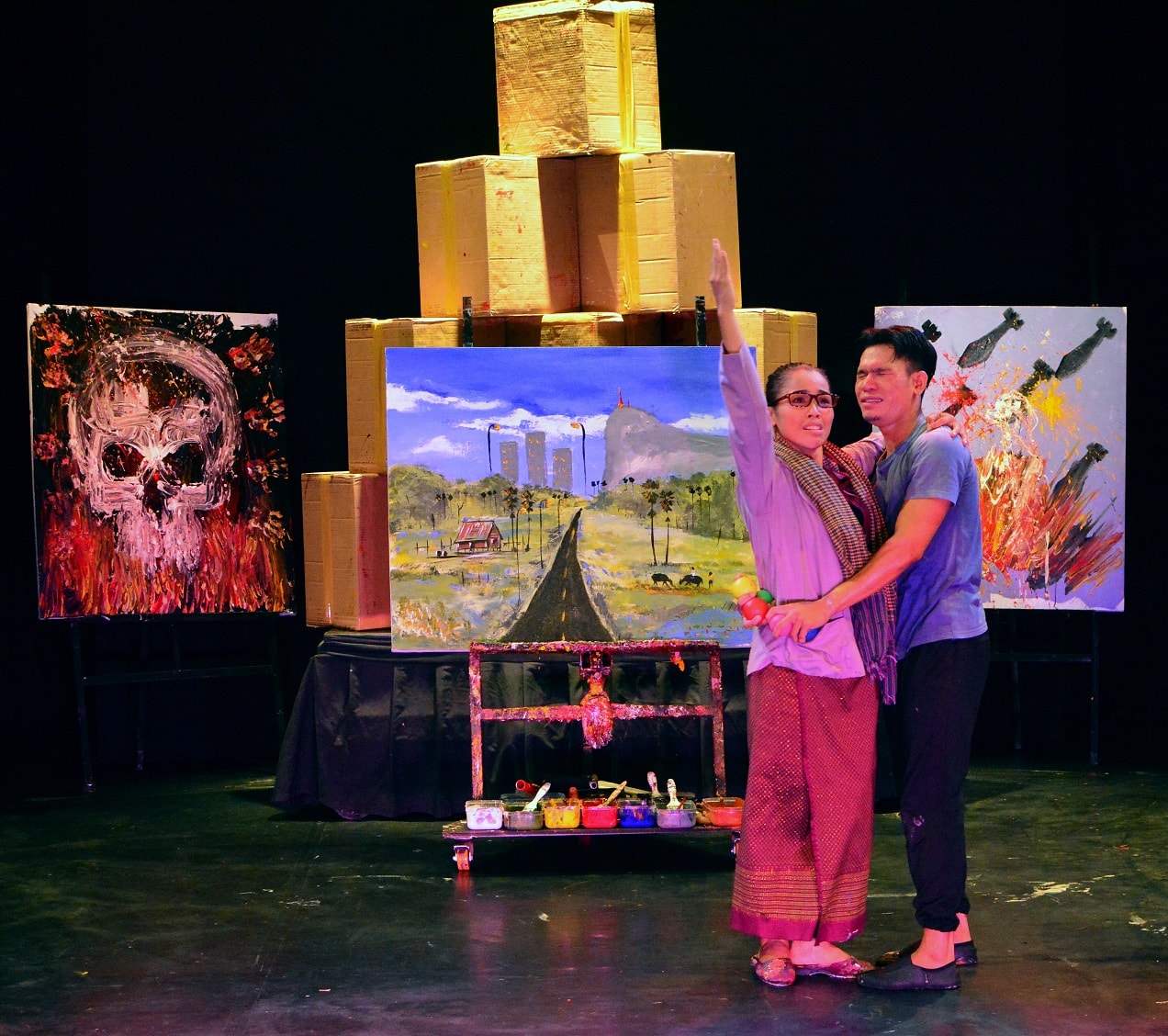
The talented artists involved are graduates of the performing arts school behind the circus, Phare Ponleu Selpak – which translates to “the brightness of the arts” – and hail from its Battambang campus, which is home to a school that provides free public education and vocational arts training to youth from disadvantaged backgrounds. The organisation was founded in 1994 by a group of nine young refugees who, as children, who had taken part in drawing workshops in the camp and had the idea to form a creative association to help other children express the trauma of war and genocide, a horror widespread enough and fresh enough in Cambodian history that virtually no family today is untouched by it.
Many of these performers have deeply moving personal stories of hardship and even abuse, making their immense talents and long periods of hard work and training a tale of triumph against all odds. The show we watched, Sokha, tells the emotional true stories of the school’s founders, showing how the surviving refugees were able to channel their grief and trauma into performance art as a way of healing. It was a magnificent experience, and the hour-long performance drew riotous applause and a standing ovation at the end.
As for the nightly circus, proceeds from ticket sales are reinvested into the organisation, the school, and its community, making this a meaningful night out far beyond the incredible entertainment that’s delivered. In the words of Lonely Planet, Phare: The Cambodian Circus is “so much more than a conventional circus, with an emphasis on performance art and a subtle yet striking social message behind each production… a unique form of entertainment that should be considered unmissable when staying in Siem Reap.” After having seen Influence and Sokha, two very different but equally impressive performances, we couldn’t agree more.
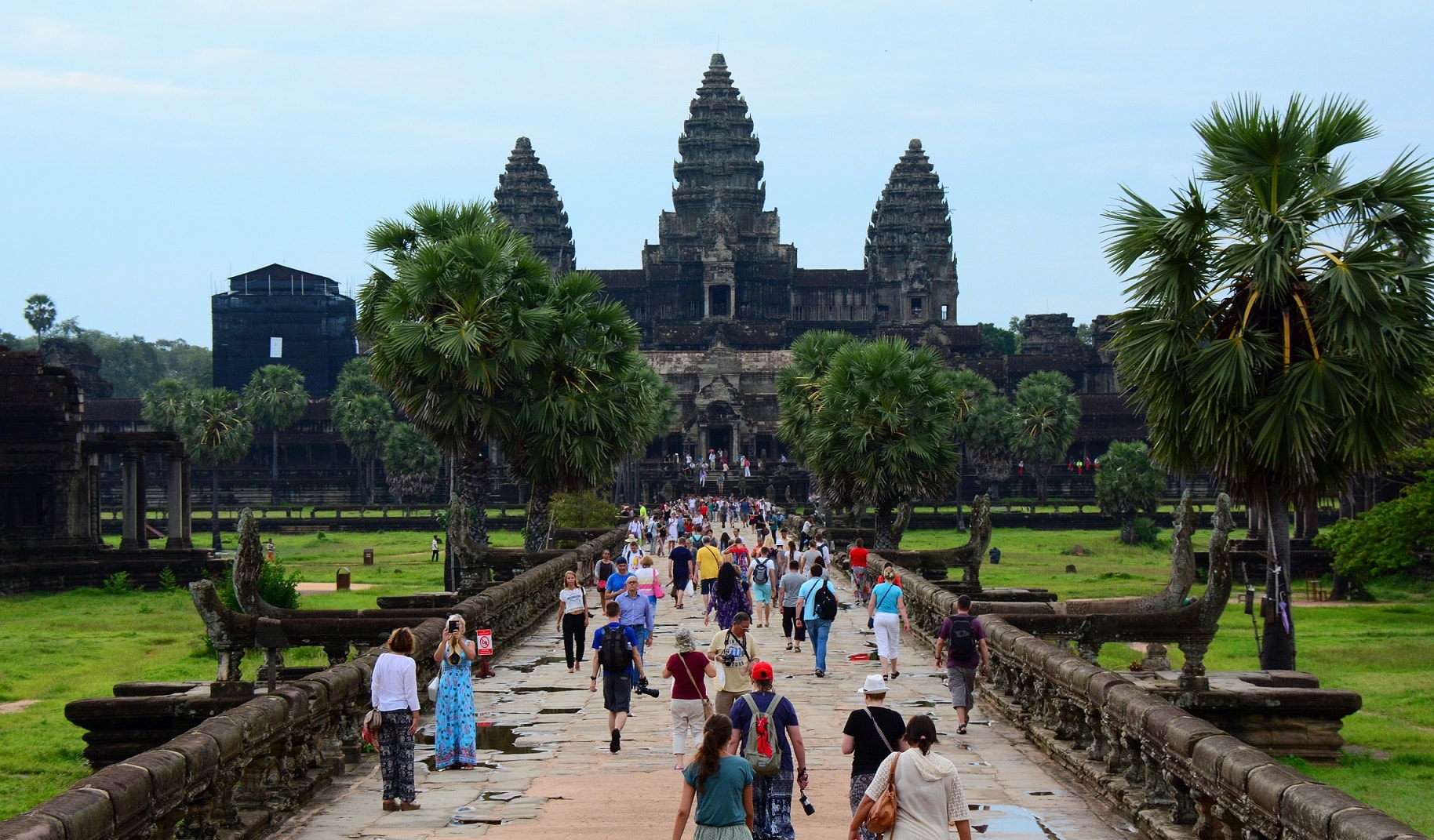
Bicycling around Siem Reap became a daily pursuit for us, and we were delighted that Shinta Mani had a number of nice bikes which they cheerfully loaned us. Check out the Old French Quarter and the Old Market by day if you’re in town, and enjoy the pleasant and well-maintained roads of Angkor if you’re in the park. Entry to the park is free for Cambodians, so you’ll see plenty of them picnicking and relaxing under huge shade trees by the waterways, making for a surprisingly idyllic and very local scene in such a globally famous tourist location.
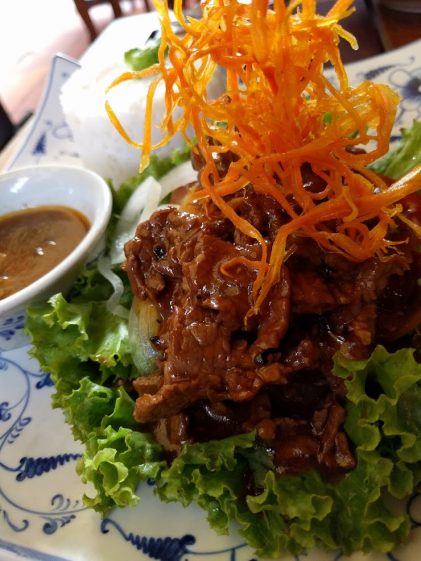
We became very familiar with Pub Street and found a handful of restaurants that consistently wowed us with good, inexpensive food, none more so than the aptly named Traditional Khmer Food. Like most small eateries around Pub Street, the décor is comfortable and much nicer than you might expect. Service was friendly and efficient, and the range of daily specials – all $2.50 each – were consistently outstanding and beautifully presented. We especially enjoyed the lok lak, a delectable marinated beef dish, as well as the creative banana flower salad. Here, as at most places, cold frosty beers are on tap, served with a smile for just 50¢ each.
We also took a tuk-tuk out to the outlying area of Siem Reap and saw the lotus farms and floating villages of Kampong Phluk and Kampong Kleang on the Tonlé Sap, which floods seasonally. Though we didn’t take the boats out on the lake – that particular pursuit was quite the tourist trap, we must regrettably report – just the ride there, about 45 minutes ambling through rural villages and scenic landscapes, was well worth the small amount we paid our tuk-tuk driver.
With ancient wonders, friendly people, and a number of fascinating pursuits to enjoy, Cambodia is certainly a country well worth exploring and Siem Reap is an ideal place to start. We thoroughly enjoyed our time there, and of course the wonders of Angkor combined with the cosy surroundings and excellent service of Shinta Mani played a considerable role in our stay. See the temples, see the circus, enjoy the food, explore the town and its surrounding countryside, and soak in the rich culture of a welcoming nation still struggling to find its footing after decades of war and poverty. Cambodia is a travel destination deserving of your time and attention.
Travel Tips
AirAsia and Malaysia Airlines fly direct to Siem Reap (REP). The flight time is about two hours, and Cambodia is one hour behind Malaysia. Voltage is 220V and the two-pin sockets resemble those in Thailand. Unlike Malaysia, Cambodia drives on the right.
Most visitors to Cambodia will require a visa, which is available on entry. ASEAN nationals are exempt. You’ll need a passport-sized photo and a full page available in your passport. The 30-day visa cost is $30. Fill out the application form, stand in one line to make payment and hand over your passport and documents, then proceed to the next line to pick up your passport with the visa, then proceed to the immigration counters. You will also need to fill out an entry/exit form and customs declaration. A common scam is for officials on duty to ‘sell’ you these forms for $1, though they’re available at no charge throughout the arrival terminal and possibly from your airline’s cabin crew. To expedite matters, the application form is also available online and can be downloaded here. Alternately, you can obtain your visa in advance online, but this incurs an additional $7 processing charge.
Virtually all goods and services in Siem Reap are priced in US dollars. Only when your change is less than $1 will you receive the Cambodian riel as change. At time of publication, a 1,000-riel note is worth just over one ringgit, or 25¢ US. All prices noted in this article are in US dollars.
A version of this article was originally published in The Expat magazine (December 2017) which is available online or in print via a free subscription.
"ExpatGo welcomes and encourages comments, input, and divergent opinions. However, we kindly request that you use suitable language in your comments, and refrain from any sort of personal attack, hate speech, or disparaging rhetoric. Comments not in line with this are subject to removal from the site. "


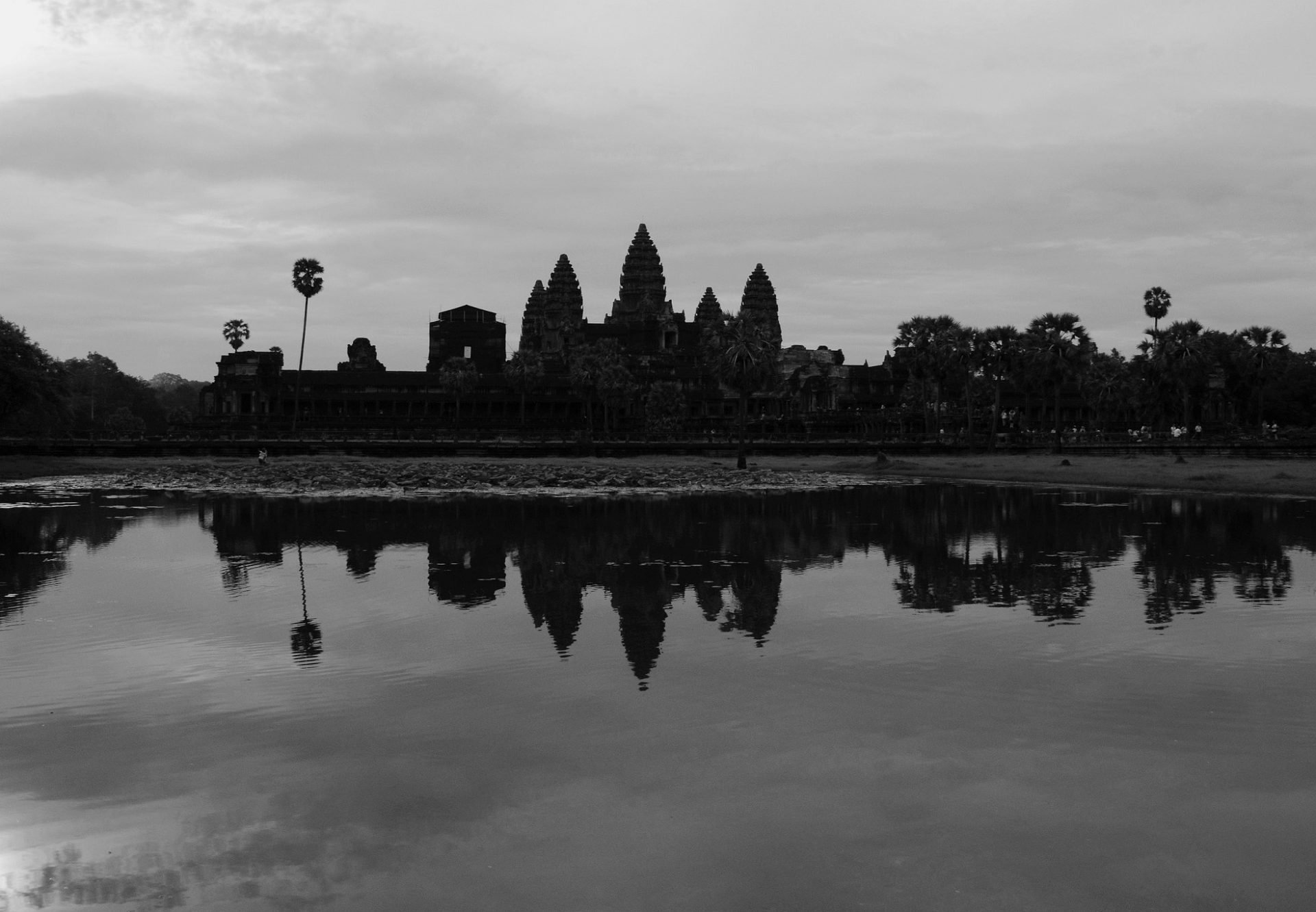















Ümit Kaya
one day broh one day IA 😉
Vince Docherty ☺
Habiba Moataz
Hanan Faroukabdelfattah
Same pic we had
Yes
And now Thailand has enforced it’s dumb two entries per year I will be going Cambodia now
Same, used to enjoy riding my bike up to Thailand
Yea, we used to go monthly to betong….
Your editor is a bit slow…siem reap has been on the to go list for years and years already.